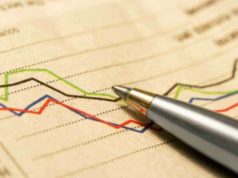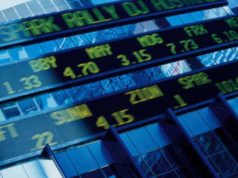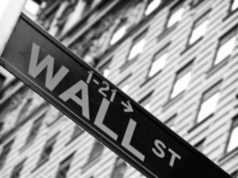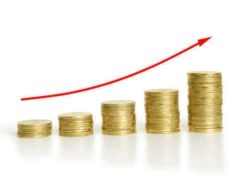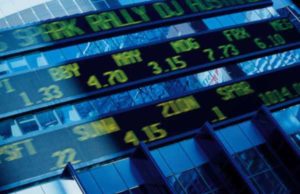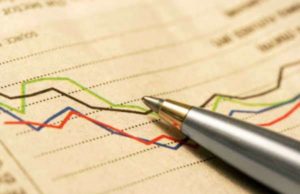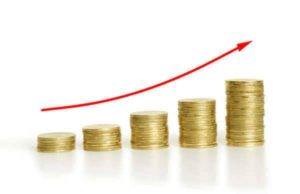
Stock Market Crash Explained:
A stock market crash refers to any dramatic and excessive decline of stock prices across a significant section of the stock market and a significant loss of paper wealth. Stock market crashes are fueled by economic factors and driven by panic among investors.
Some economists describe a stock market crash as social phenomena where external economic events combine with crowd psychology to negatively affect the macro-economy. Typically, stock market crashes take place following these conditions: a prolonged period of rising stock prices and excessive investment into the market generated by an overwhelming sense of economic optimism, a market where price to equity rations exceed long-term averages, or when extensive use of debt is used by market participants.
There is no numerically significant decline that is needed to define the presence of a stock market crash; however, the term is typically attached to economies that experience double-digit percentage losses in a given stock market index over a period of several days or weeks. Stock market crashes are distinguished from bear markets or common recessions based on the severity of decline experienced.
Bear markers are defined as periods of steady declines in the prices of stock that take place over months or years; as a result of the extended length, bear markets and stock market crashes, although portray a significant decline in the price of stocks, are not held synonymously.
Wall Street Crash of 1929
The Wall Street Crash of 1929, which led to the Great Depression, was precipitated by a booming national economy during the 1920s. During this period, indexes and individual stocks grew by enormous percentages (the Dow Jones Industrial Average rose more than six fold) as technological innovations and increased prosperity fueled the American economy. The great prosperity experienced by many Americans was simply due to an overextension; individuals were looking to invest at all costs, which often meant purchasing stocks and investments beyond their spending capabilities.
When the economy was experiencing massive gains it was forced to correct itself and as a result of the use of leverage through margin debt, the majority of investors (including mutual funds that were floated by bankers) fell into massive holes of debt. In addition to the over-evaluation of the market, numerous investors panicked to create a massive selling spree. The deluge of selling, in turn, overwhelmed the technological capabilities of the ticker tape system that gave investors current prices of their shares.
This information vacuum perpetuated a greater sense of fear and panic as stock prices were plummeting beyond the rates at which the telephone lines or telegraphs could report. At the end of the week of November 11th, the market index dropped 40% from its September high; the Dow Jones Industrial Average lost 89% of its value before bottoming out in the summer of 1932.





